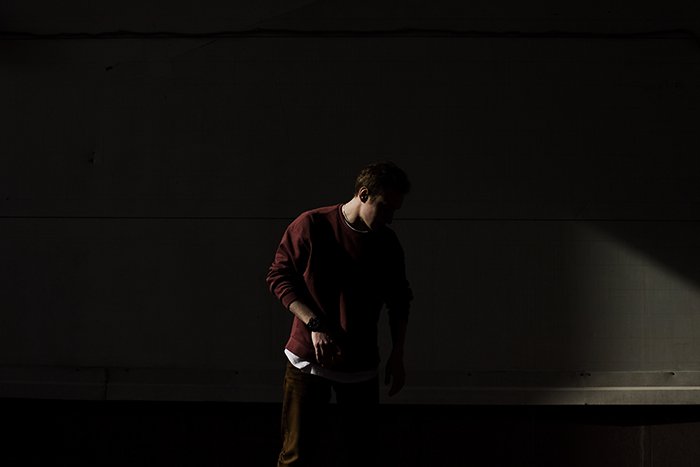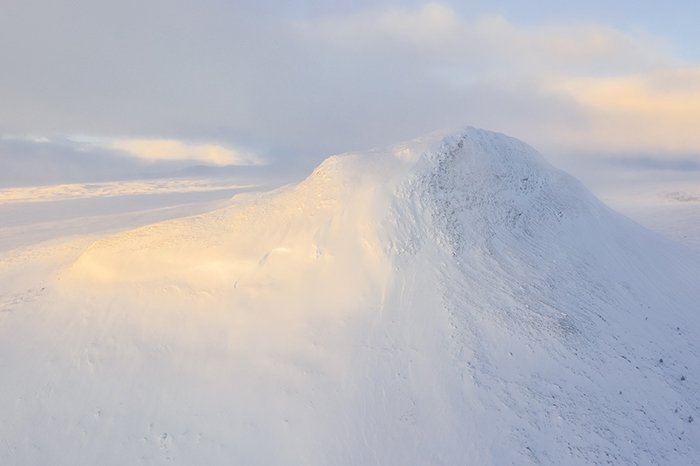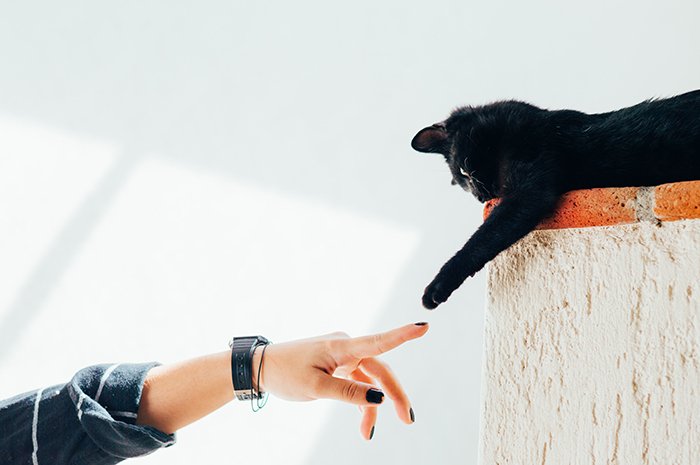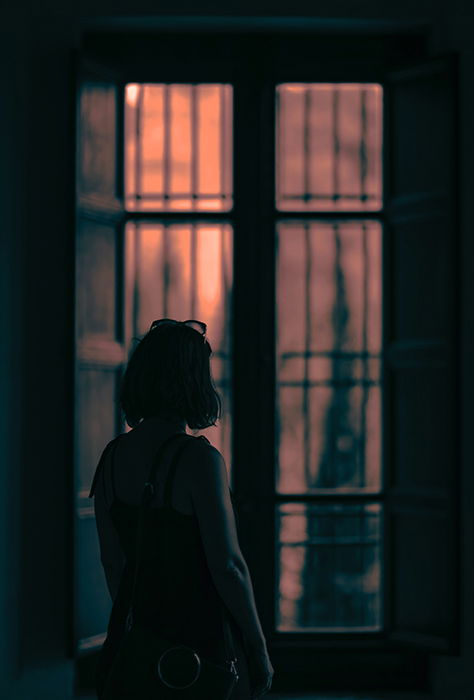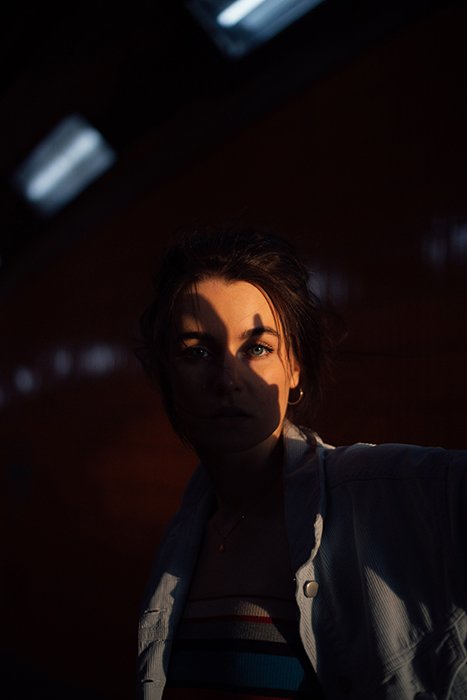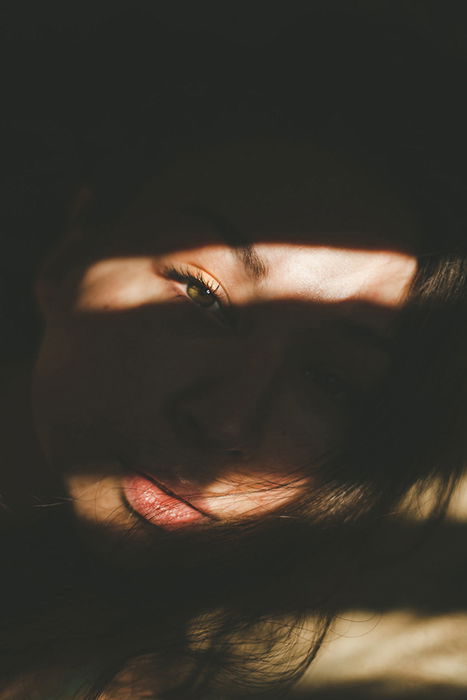The Differences Between High Key vs Low Key Lighting
There’s an easy way to determine whether something is high key or low key. High key photos are bright and don’t have many shadows. Low key photos are darker and have more shadow. High key photos tend to have a dreamy and positive feel to them. Low key photos tend to look more dramatic and emotional. You can use these types of lighting styles to make any subject look a specific way. There are no strict rules when it comes to equipment. You can use natural light to take high key and low key photos. If you want more control, you can use professional studio lights.
When to Use High Key Lighting
High key lighting is very common in commercial photography. Many companies want their products to be advertised in the best light possible. This means you need to have lots of light available in your studio. Also, the more light there is, the more details you can capture. This is exactly what many advertisements strive to do. High key lighting is also popular in lifestyle photography. The brighter your photos, the happier and healthier your subject will appear. This is often the goal of lifestyle photography.
When to Use Low Key Lighting
You can use low key lighting to create a dramatic mood in any kind of image. Low key lighting is popular in commercial photography for watches and electronic devices. The reason is that these objects have details that stand out more in low light. You can also use low-key lighting in portrait, conceptual, and still life photography. The more shadows you capture, the more emotional your images will look. Low key lighting is popular in fine art photography. It tends to give photos a painterly look. You should consider using this lighting if you want to convert your photos to black & white later on, too.
How to Take Photos With High Key Lighting
Use as Many Light Sources as Possible
If you’re taking photos in a studio, it’s important to create a bright atmosphere. You can achieve this by using several light sources. Remember that it’s okay if you have a few shadows in your final photos. Your final goal is to create more highlights than shadows. If you don’t have a studio, you can still take great high key photos. You can take photos outdoors in a shaded area or when it’s cloudy. This will give you an even amount of light to work with. You can also take photos indoors next to a large window. Use a reflector to get rid of shadows. Make sure you shoot in an empty room with lots of space and light tones. Even a white wall will work!
Focus on Light Colors
High key photography rarely focuses on black backgrounds. It avoids anything that could create a dramatic atmosphere. Light colors should be your priority in a high key lighting photoshoot. However, this doesn’t mean that everything in your photos should be light. For example, there are darker colors in the image below, but that doesn’t make it a low-key photo. The white background, lack of shadow, and brightness make up for the darker tones.
How to Take Photos With Low Key Lighting
Come up With a Story
Low-key photos usually tell a specific story. You can make your photos look striking by coming up with a story before your photoshoot. This doesn’t mean you need to come up with a complicated theme for your shoot. A simple keyword is enough to give you all kinds of ideas. For example, you can use concepts like loneliness or curiosity. This can help you figure out what to highlight (and what to hide) in your compositions.
Use a Single Light Source
Some of the most dramatic low-key lighting photos feature only one light source in the scene. You can use studio or natural light for this. The brighter the light source, the more intense the shadows will look. Softer light will blend in with shadows, but this can also make your photos look interesting. Experiment with different levels of brightness to find one that complements your story. Also, make sure you experiment with different angles. Your light shouldn’t face your subject all the time. If it’s behind your subject, it will create a silhouette. If it’s on the side, it will create a beautiful transition from light to dark. You can completely change the mood in your photos by shooting from different angles.
Focus on the Most Important Part of Your Subject
Low key lighting gives photographers a chance to focus on one part of their composition. This might seem limiting, but it’s a great way to draw attention to an image. Figure out what you want to focus on throughout your photoshoot. Your main subject should be expressive and eye-catching. For example, you can focus on someone’s eye if you’re a portrait photographer. If you’re a still life photographer, you can focus on the most vibrant part of an object.
Convert Your Photos to Black & White
This style is optional, but it can make a huge difference in your low key lighting photography. Black & white gets rid of color. This lack of color can make it easier for viewers to see the emotional side of your work. Make sure you have full control over the black & white settings. In Lightroom, you can intensify certain areas in your image, depending on the colors that used to be there. This is a great way to add depth to an otherwise dull photograph.
Conclusion
There are all kinds of creative lighting styles out there. High key lighting and low key lighting can be a great addition to any photoshoot. The type of lighting you choose depends on your photoshoot theme and your style. High key lighting is bright, optimistic, and minimalistic. It focuses on highlights rather than shadows. Low key lighting is the opposite, with a heavy focus on contrast. Make sure you use both lighting styles in your work. They can both teach you a lot about light, compositions, and conceptual themes.




